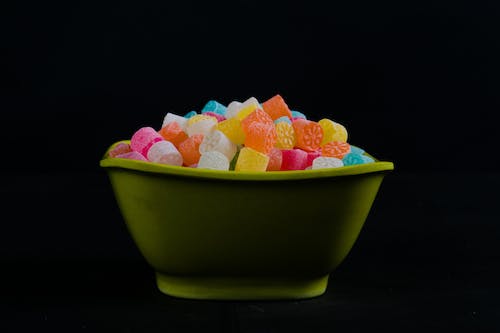Professional House Painters Help You Achieve a Magazine-Worthy Home Interior
A beautifully painted interior can transform any house into a stunning, magazine-worthy home. However, achieving flawless results requires more than just a brush and a can of paint. Professional house painters bring expertise, precision, and high-quality materials to ensure a smooth and elegant finish. Whether you are looking to refresh a single room or revamp your entire home, hiring professional painters is a smart investment that guarantees exceptional results. One of the biggest advantages of hiring professional painters is their expertise in surface preparation. Proper preparation is key to achieving a polished look, and professionals take the time to clean, sand, and prime walls before applying paint. They know how to handle different surfaces, repair minor damages, and ensure that the paint adheres properly for a long-lasting finish. Without these crucial steps, even the best paint can look uneven or wear out quickly. Color selection is another area where professionals can provide valuable guidance. Choosing the right shades and finishes can be overwhelming, especially with countless options available.
Professional painters have a deep understanding of color psychology and can recommend hues that complement your décor, enhance natural light, and create the desired mood in each room. Their expertise ensures that the final look is harmonious and visually appealing, just like those seen in home décor magazines. When it comes to application, professional painters use advanced techniques to achieve a smooth, streak-free finish. They have access to high-quality brushes, rollers, and sprayers that distribute paint evenly, reducing visible brush strokes and roller marks. Their precise cutting-in techniques ensure clean lines around edges, trims, and ceilings, which significantly enhance the overall appearance of your home. In contrast, DIY painting projects often result in uneven coverage, messy edges, and visible drips that take away from the elegance of the space. Time efficiency is another major benefit of hiring professionals. Painting an entire house can be a time-consuming and physically demanding task, especially for homeowners with busy schedules. Professional painters work efficiently, completing projects in a fraction of the time it would take an inexperienced person.
Their streamlined process minimizes disruptions, allowing you to enjoy your newly painted home sooner. Additionally, they handle all the cleanup, leaving your space spotless and ready to use. Durability and quality are crucial when investing in an interior paint job, and professional painters ensure a long-lasting finish. They use premium paints that resist stains, fading, and wear, keeping your walls looking fresh for years. Their expert application prevents common issues like peeling, bubbling, and cracking, which are often seen in DIY projects. This level of quality not only enhances the aesthetic appeal of your home but also adds value to your property. Ultimately, professional house painters bring the skills, tools, and experience needed to create a flawless interior that looks straight out of a magazine. Their meticulous attention to detail, knowledge of color theory, and efficient work process ensure that your home exudes elegance and sophistication. By hiring Image Line Painting, you save time, avoid stress, and achieve a breathtaking transformation that enhances the beauty and comfort of your living space.




